

Antonino Saggio I Quaderni
Talks
Clouds and Typology
Science New Nature and Digital Thinking


Antonino Saggio I Quaderni
Talks
Clouds and Typology
Science New Nature and Digital Thinking
Organizing board:
Yasha Grobman, Arch Eran Neuman, Ph.D. Guedi Capeluto, dr. Arch.
Conference site >> Saggio presentation at First Form_D4, Haifa 2005 >>
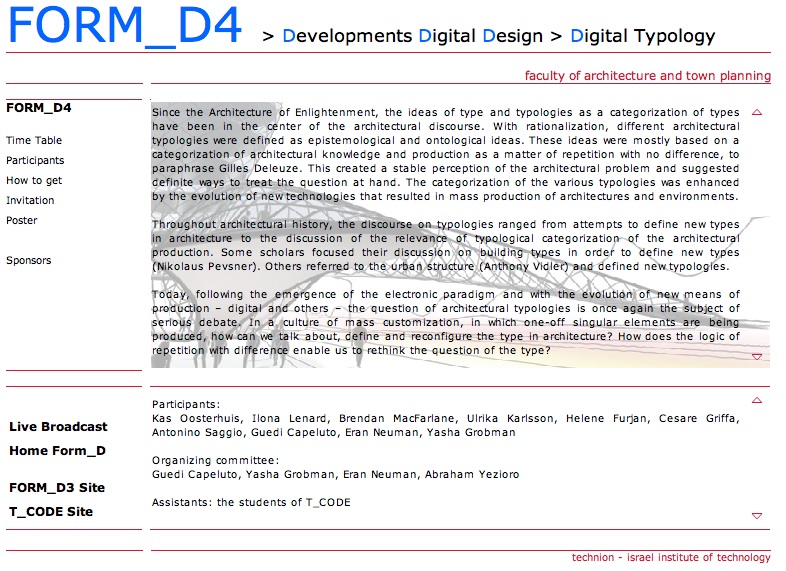
Listen The speech 30 minutes English >>
Speech at the Faculty of Architecture
and Town Planning
The Technion - Israel Institute
of Technology
School of Architecture
Haifa University, May 18, 2006


Don Quixote
The tendency of architects to articulate vague definitions (4th dimension, Structuralism, Post modernity, Deconstruction are other examples of nebula words) are seen with suspect and irony by other professions that, on the contrary, have based their growth on univocal definitions.
But architects needs "nebula" (fuzzy, cloud, vague) words because it is exactly in their level of ambiguity that relies the complexity of a disciplines that is pragmatic and social as well as constructive and formal.

Typology has been a champion within the nebula architectural words. Within typology at least three different interpretations coexisted in the architectural debate of Sixities of 900.
One is that of the art historian by Giulio Carlo Argan, with his idea of a Geometrical Structure - "la Forma Base" - that pre-exists the specific architecture and that recaps a series of common characteristics.
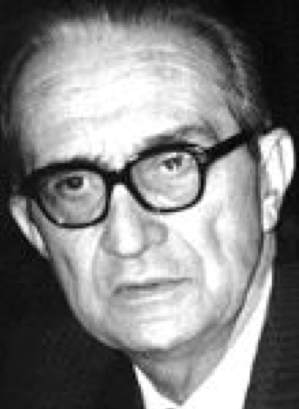
 the famous difference between type and model (?!!?) the type as a a formal base in which is possible to create evolution and adjustments while the Model is consider the Static example to imitate
the famous difference between type and model (?!!?) the type as a a formal base in which is possible to create evolution and adjustments while the Model is consider the Static example to imitate
Quatremère de Quincy
A second interpretation is that one of Saverio Muratori and his school. Muratori meant by the word typology a sort of anthropological act of building. He stressed the permanence and long time evolution of certain patterns both at urban and at building scale.
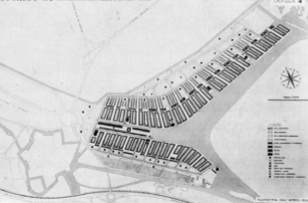
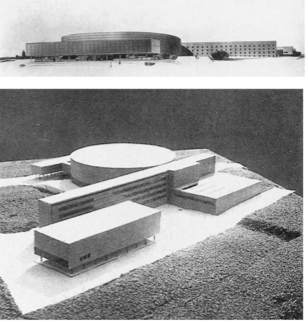
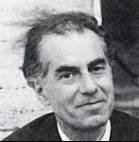
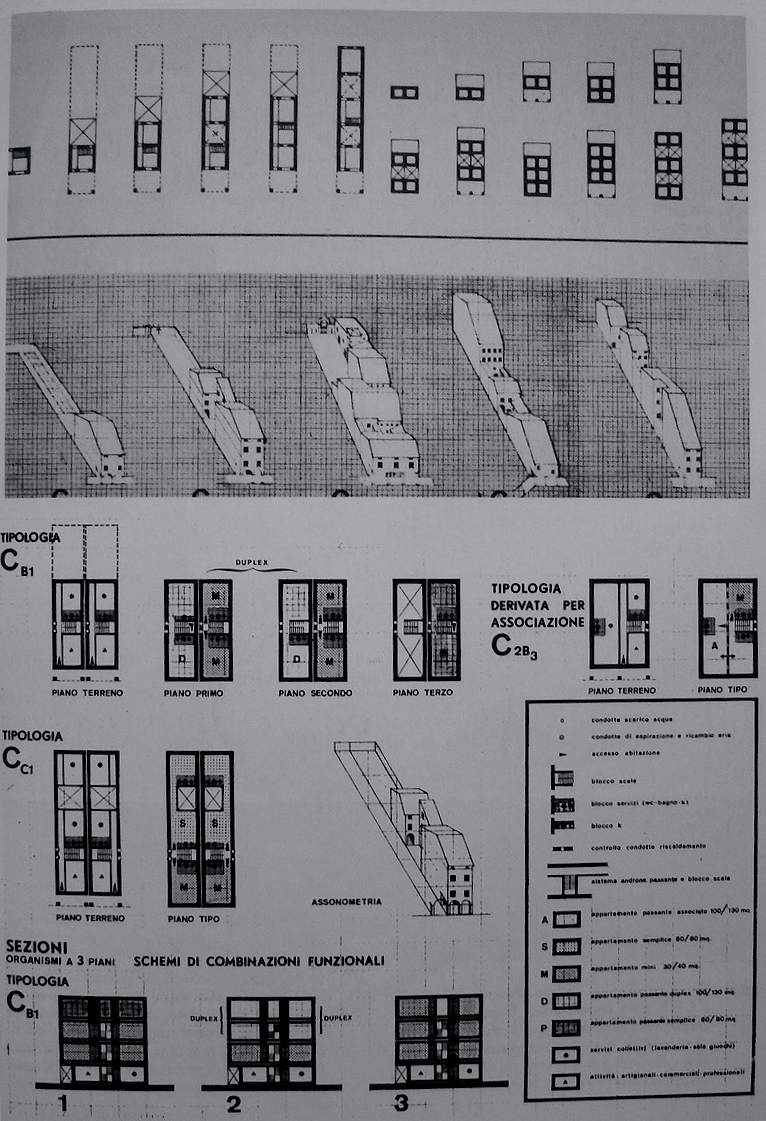
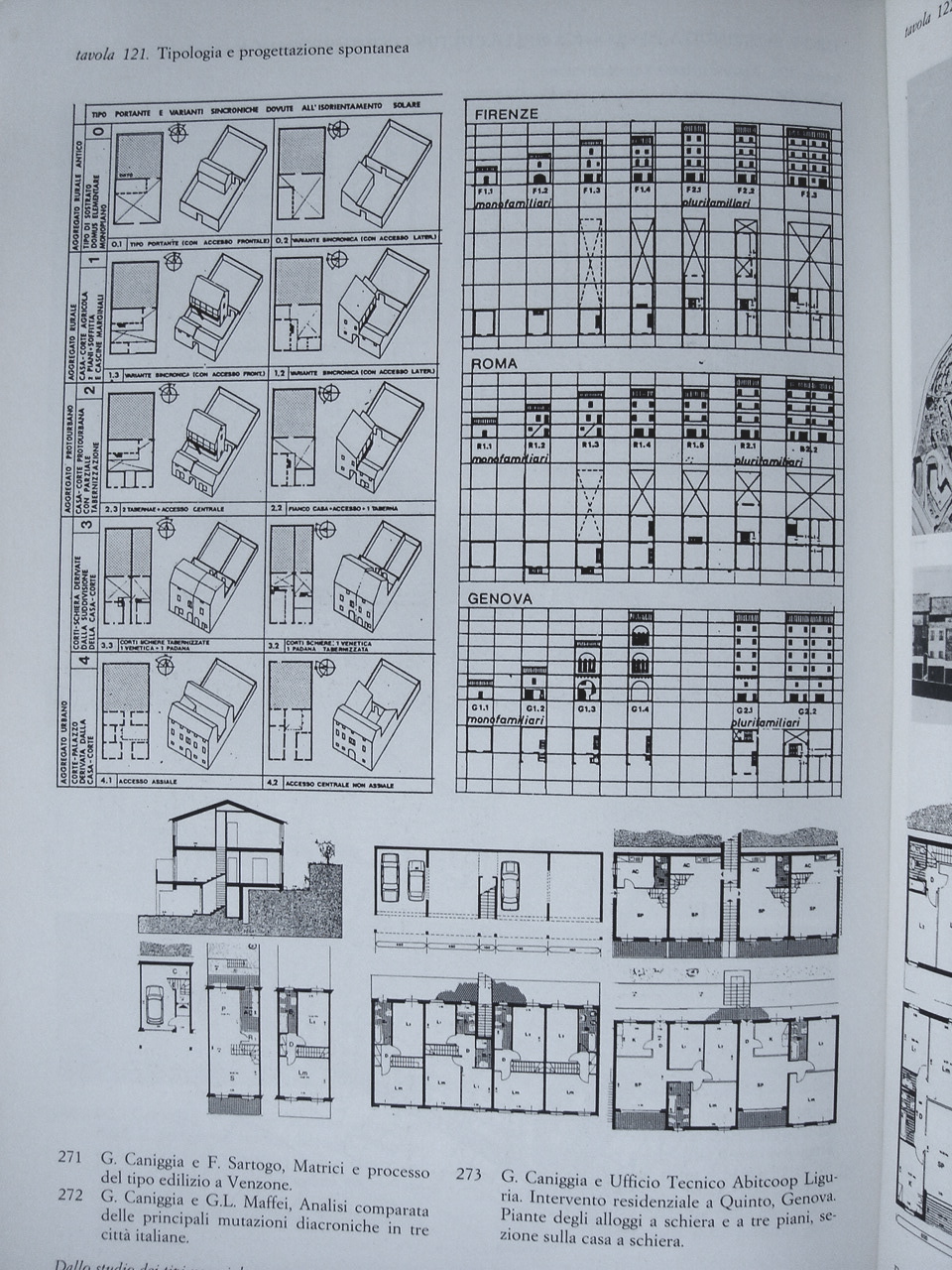
Serious link on Muratori, in German >>
The third interpretation was by Aldo Rossi and Carlo Aymonino. They focussed on the word Typology as element in "binary" relation with urban morphology. For Rossi the word Typology was some time a distribution system (il ballatoio) some time a site configuration (case a corte) both had relevance as source of som kind of archetypical form. The combination of these archetypical forms with the existing urban fabric brought to specific projects.
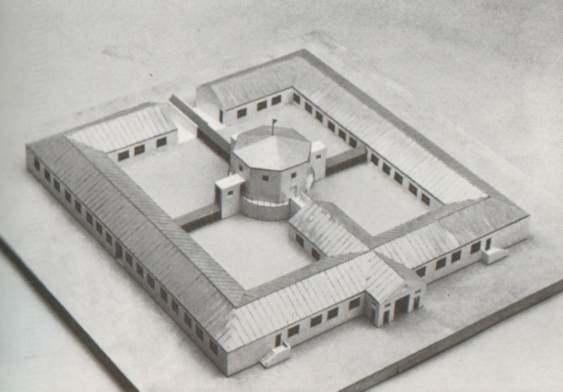
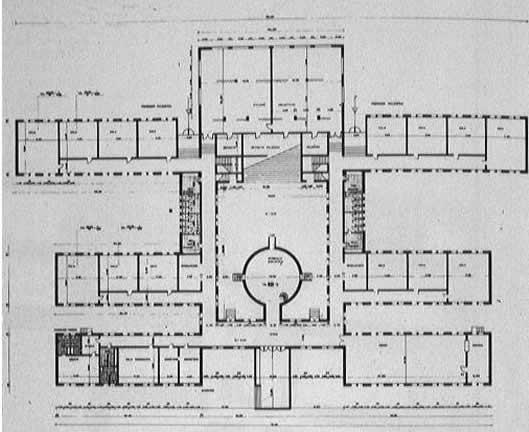
Nowdays all these three interpretations (and I disrgearded others such as those that use the word typology as a substitute of building program! and those that use the word as a definition of distribution system) seem to be moved in the background of the current interest. In fact the idea of "unity" that the word typology implies and that Louis Kahn expressed at the highest level, seems to be changed in the word diversity.
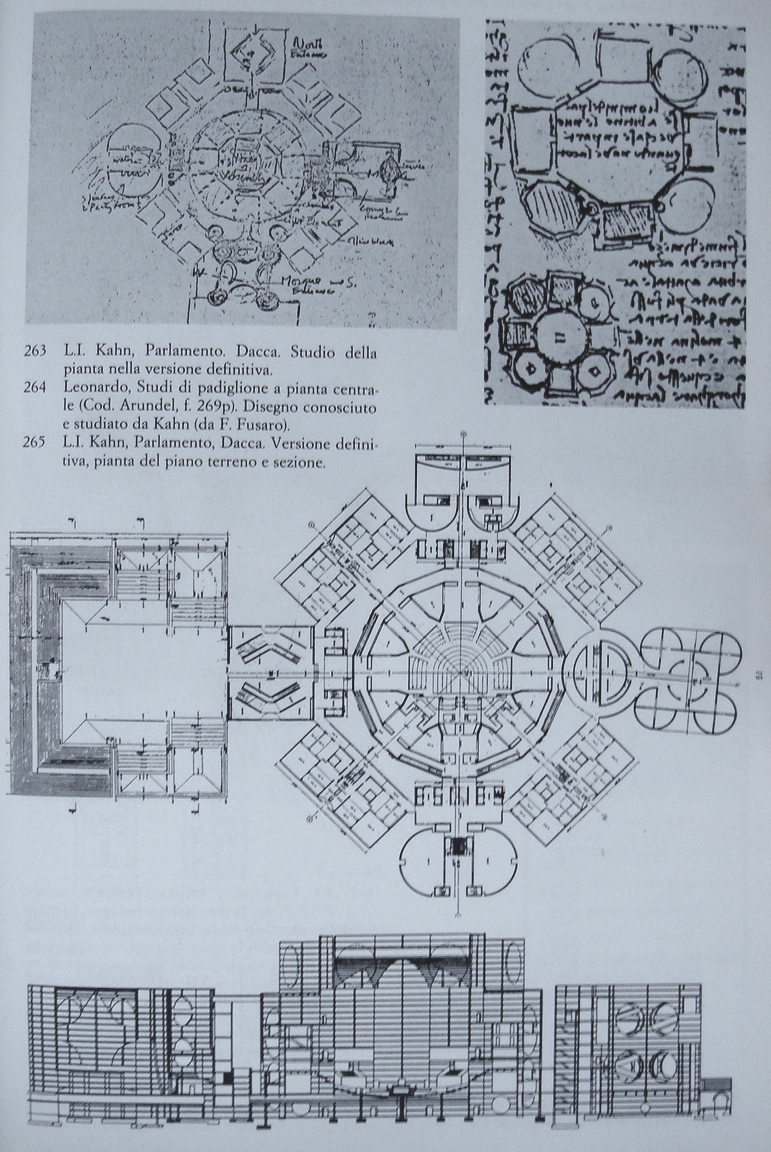
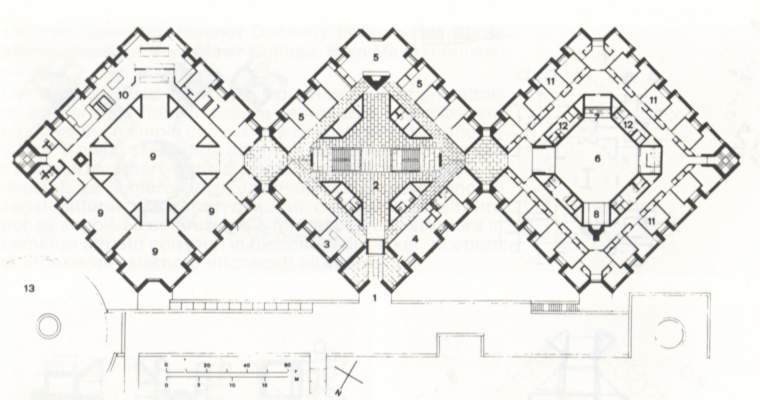
The idea of Typology as a set of rules to keep together the different aspects of the building fabric (construction, distribution, environmental systems eccetera) was changed in the opposite idea of freedom. While in one case construction, distribution and form were conceived as a coherent system of overlapping forms and geometry, nowdays each one of thesesystems tends to be optimized in an autonomous way. If geometry was the underlying rule of typology, topology and free form are the key of a radical different approach. Information Technology is the hub of this approach because to a "If ...Then" typological and geometrical approach has substituted a "What ..if" topological, parametric and, above all, systematic approach.
The master of this new anti typological approach is Frank Owen Gehry. But looking his buildings with attention, one can see in action, as a piece of DNA still operational, certain basic rules that belongs to the typological tradition. For example "conquer the center" or differentiate "service by served" and even pre-formed morphology in Argan terms such as "Gallery linear" or "Centralized scheme".
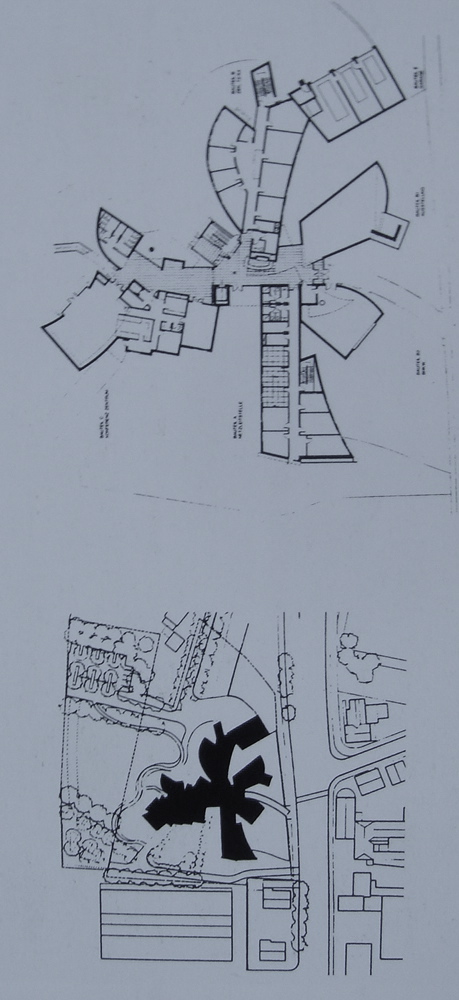
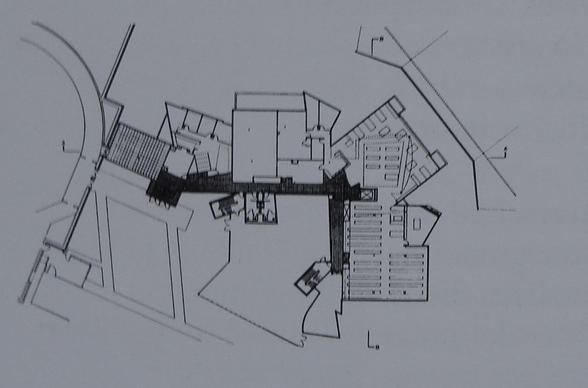
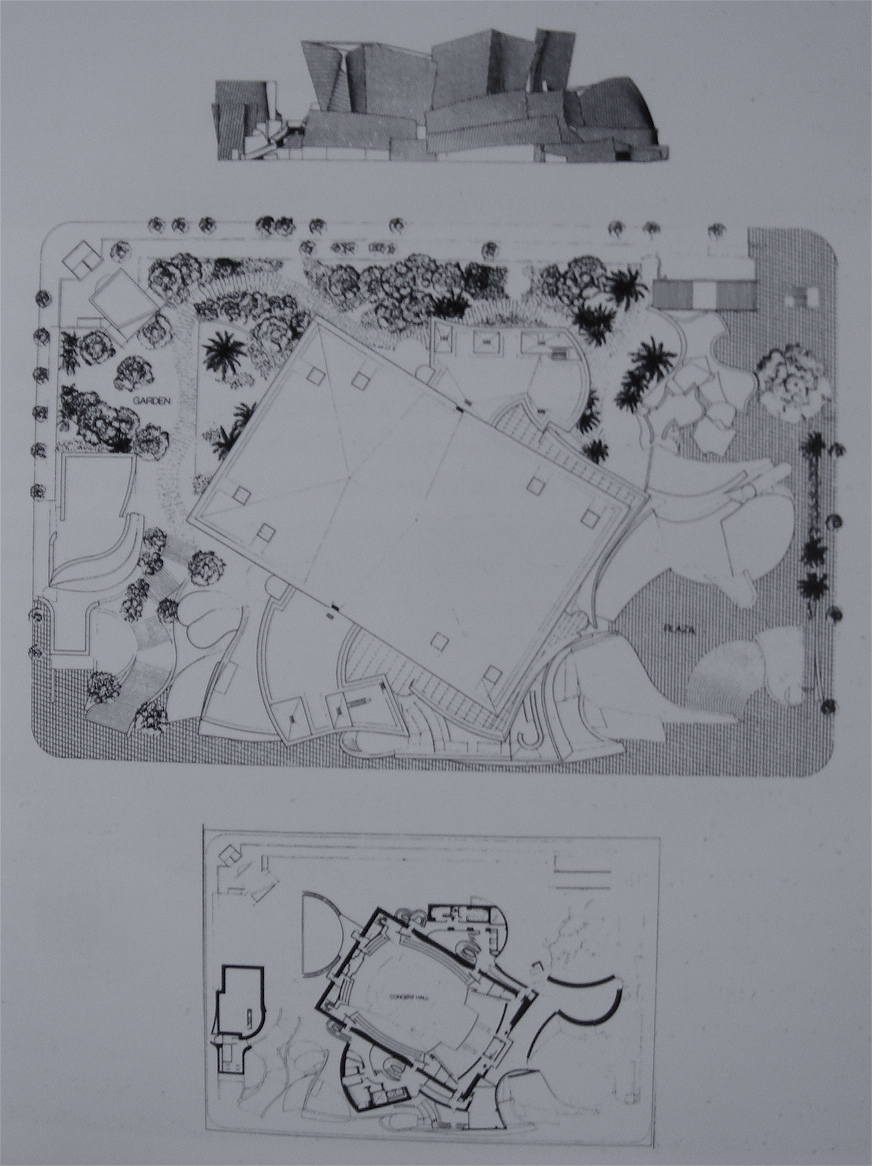
Another great architect of contemporary times, Peter Eisenman uses typological rules at the base of its diagrams. So the idea of typology as a tool of architectural discourse, has not completely disappeared but only changed in new directions and possibilities.
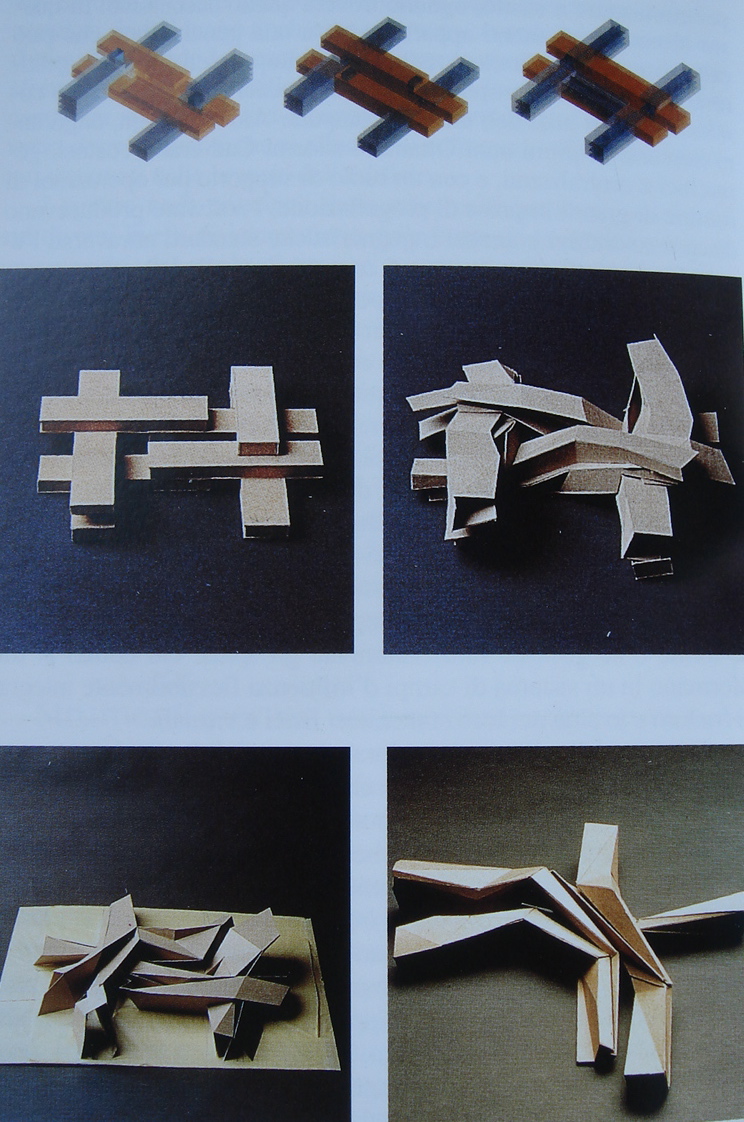
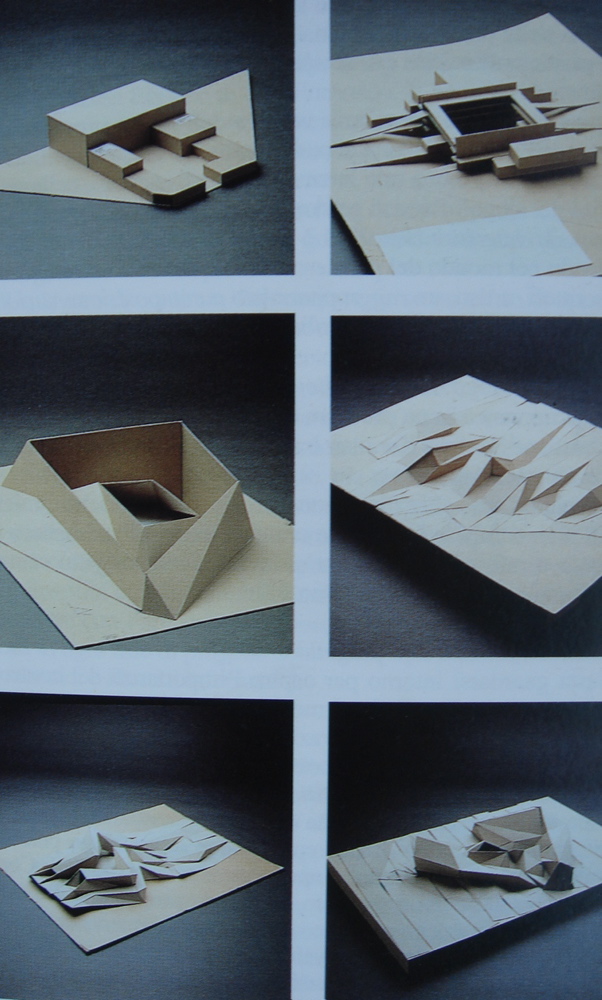
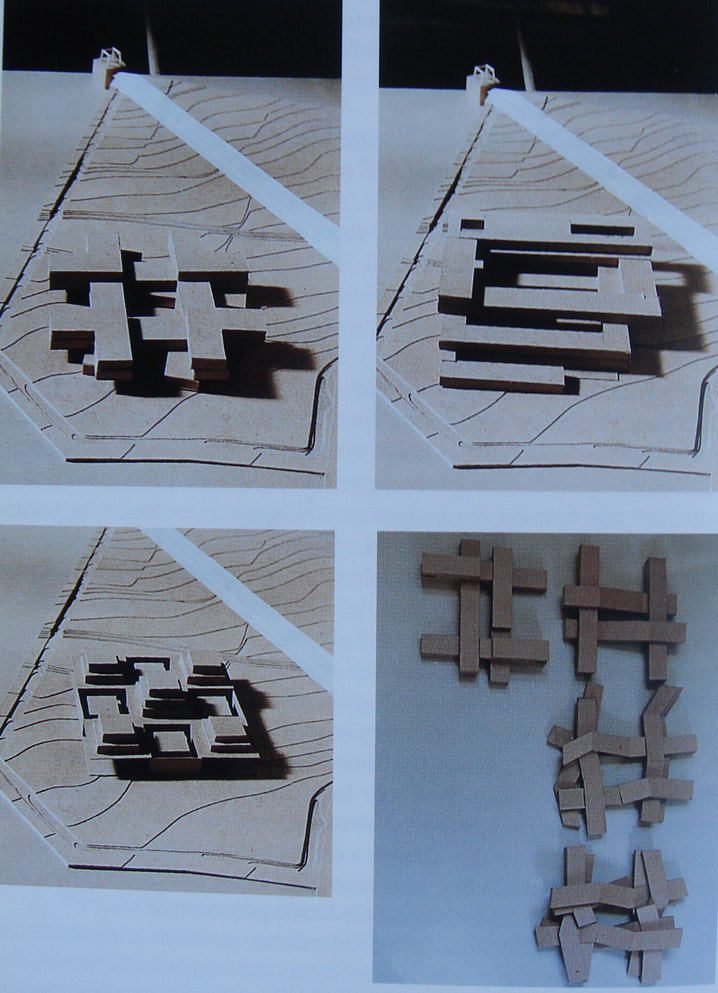
Model type anc clouds (again)
Representation model of a cloud. Interrelated parts


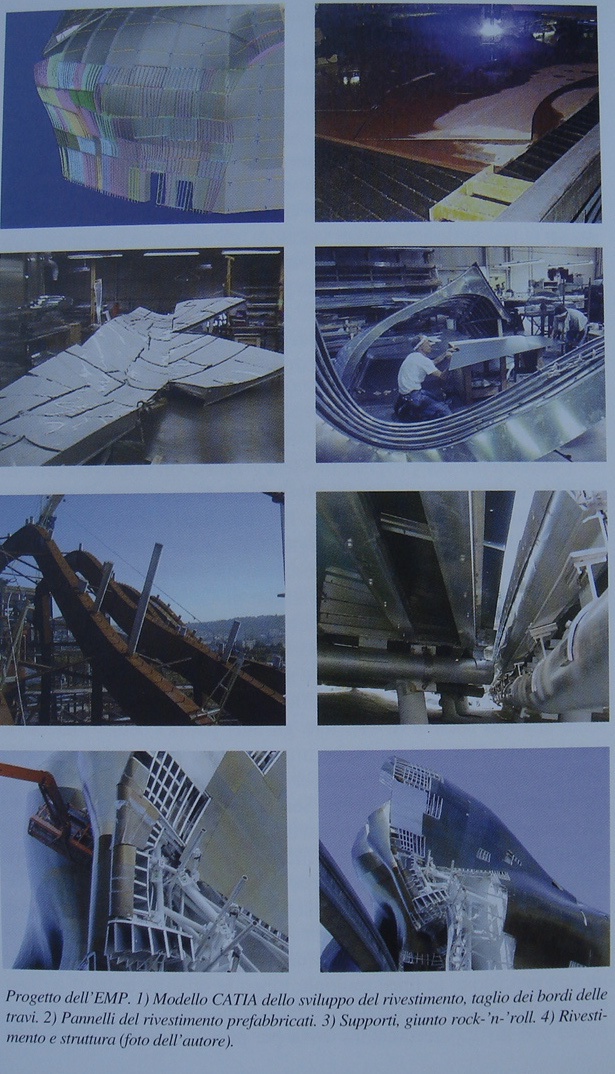
The model as a continuos product of digital representation of a mental cloud the dream of the architect. A complex strategies of intereelated form structure systems
"Naturally, there can be infinite new three-dimensional visions; new diagrams and sections can be drawn-up; every aspect of the entire project can be studied contemporaneously in minute detail. But an electronic model is by its nature something extremely different with respect to a traditional model since it is a living, interacting (and in certain aspects "intelligent") whole. While in one case the information is static, in the other all bits of information are dynamically interconnected. An architectural element can be modified and the effect simultaneously verified not only on the desired designs but also building codes, costs, static calculations or thermal distribution. We can verify the effects of one material with respect to another not only in its quantitative aspects but also in terms of how it reacts to natural or artificial light. Information can then be sent to those constructing the building (perhaps using equipment connected to the computer) who can then calculate how much material is needed in real time. The electronic model in this sense becomes a tool for studying, testing, simulating and constructing. " Antonino Saggio, preface to Gigital Gehry by Bruce Lindsey
"Skin in . If the modernist process begins from the structural grid toward the outside, Gehry's process is the opposite: from the shape of the skin and therefore the exterior surface, he passes to the secondary plans and structure and then to the shaping of the spaces. Let's consider the consequences of this approach. Does this " skin in" process bring with it a radically different method with respect to the "industrial" and "modernist" approach? Naturally, the reader should think about this a bit before proceeding with the following lines.
The answer is: yes, and how! The skin in approach is linked to a paradigmatic change in all of architecture. The modernist method was similar to an assembly line: pieces were developed that made up the machine/architecture, components were standardized and the various systems (of the structure, plants, exterior panels) were made as autonomous and independent as possible. Remember the 5 points of Le Corbusier? The system was summarizing, mechanical and absolute. Gehry's method is instead "relational"; the secret is the relation between the parts instead of their independence. Underneath the curves of his architecture, the components of the construction are connected to each another through an electronic model also realized in coordinated layers; one that regards the exterior surfaces, one of wire that describes the geometry and structural grid and a third that outlines the interior cables. All together they form a sort of carpet: waving, electronic and, if we recall the Futurist, Boccionian trajectories we have used to describe his work, in flight. Streams of luminous electrons seem to trace hyperbolas in the atmosphere. "
Antonino Saggio, preface to Gigital Gehry by Bruce Lindsey
read all >>
The other processual idea of Model. How to simulate the process of creation of clouds

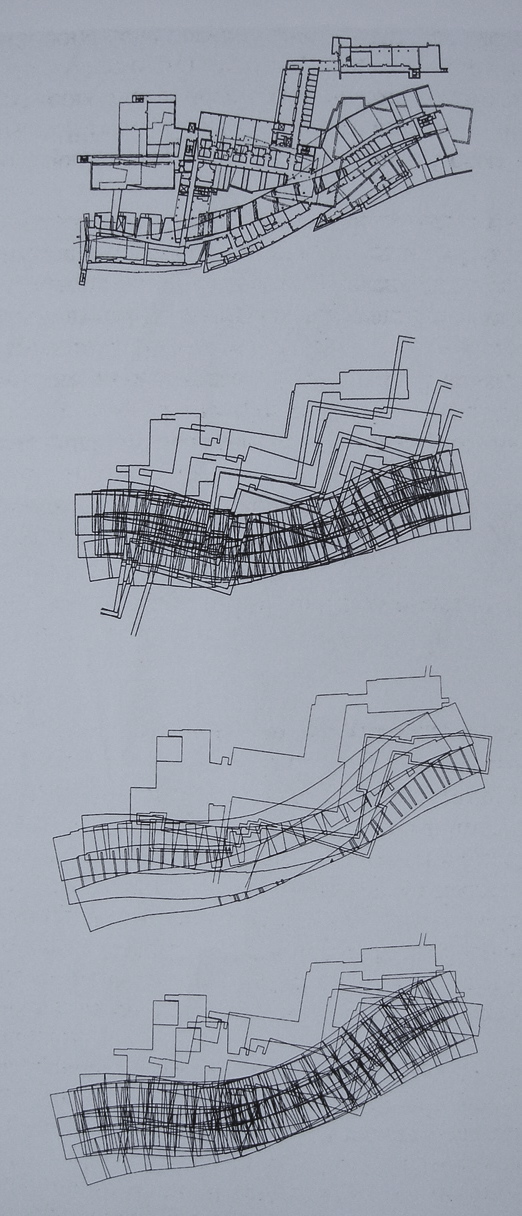
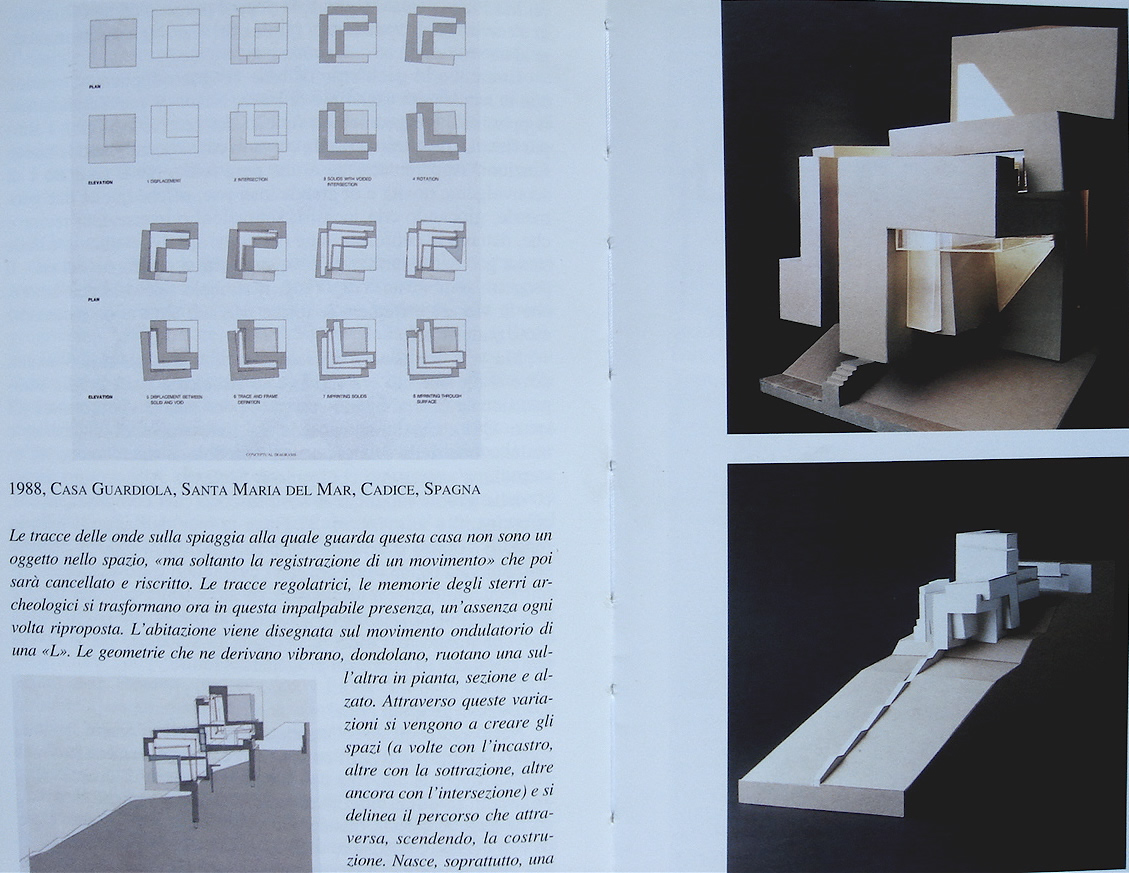
From model to model with a complete semantic inversion. Here the model is a diagram of vectors of something thta may happen in certain forms but may also happen in others.
when the type was "almost" a revolution ,
changeable modifible behaviors based on a set of rules
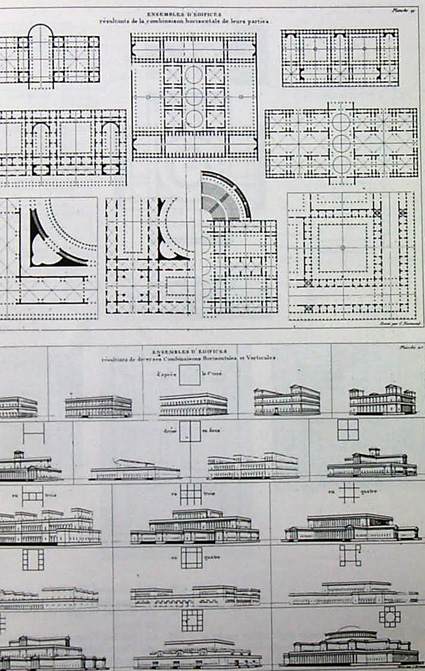
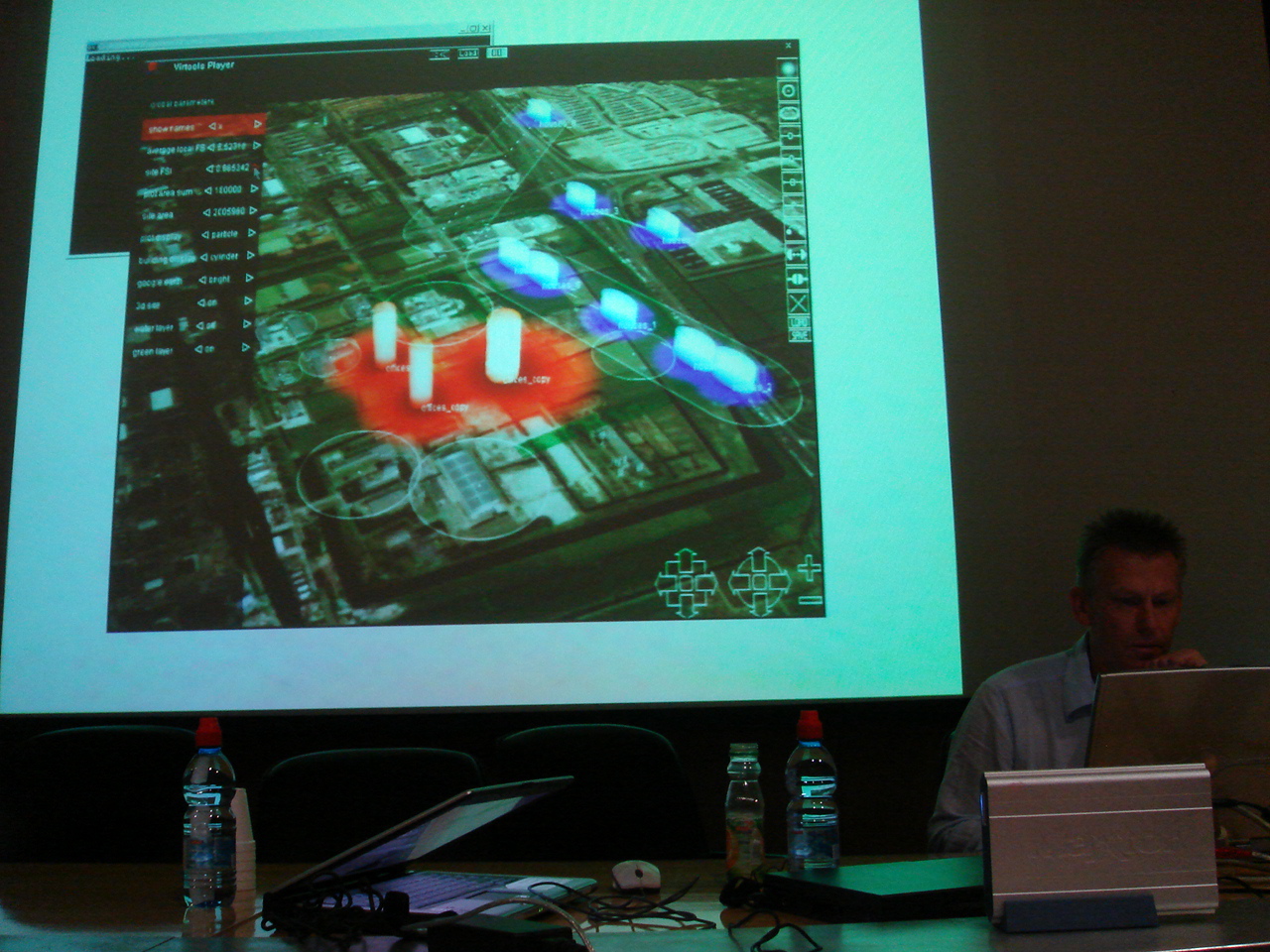
Antonino Saggio
La Sapienza Rome
AS Home:
http://www.arc1.uniroma1.it/saggio // or just Google:
First Name, Last name
Images from




..: